Philly Cheesesteak Egg Rolls represent a delightful fusion of American and Chinese cuisine, combining the hearty flavors of a classic Philly cheesesteak with the crispy, golden exterior of an egg roll. This guide will walk you through everything you need to know to create this mouthwatering dish, from selecting the right ingredients to serving suggestions that will impress your guests.
Advanced Tips and Tricks
Mastering the art of making Philly Cheesesteak Egg Rolls doesn’t stop at following the basic steps. Here are some advanced tips and tricks to elevate your egg rolls from great to extraordinary. These suggestions will help you refine your technique, ensuring that every batch you make is as delicious as possible.
Achieving the Perfect Crunch
- Oil Temperature is Key: When frying egg rolls, maintaining the correct oil temperature (350°F) is crucial for achieving that perfect, shatteringly crisp exterior. Use a kitchen thermometer to monitor the oil’s temperature. If the oil is too cool, your egg rolls will absorb too much oil and become soggy. If it’s too hot, they’ll brown too quickly without cooking through.
- Do Not Overcrowd the Pan: Frying in small batches ensures that the oil temperature remains stable. Overcrowding the pan can lower the oil’s temperature and lead to uneven cooking and soggy egg rolls.
- Drain Well: After frying, let the egg rolls drain on a wire rack over a baking sheet. This setup allows air to circulate around the entire egg roll, preventing the bottom from becoming soggy, unlike draining on paper towels.
Making Ahead and Storing
- Freezing for Later: Philly Cheesesteak Egg Rolls freeze exceptionally well, making them a perfect make-ahead appetizer or snack. Cook them according to the recipe, then let them cool completely. Wrap each egg roll individually in plastic wrap and store them in a freezer-safe bag. They can be reheated in the oven or air fryer straight from the freezer, making for a quick and easy treat.
- Reheating to Perfection: To maintain the crispiness of leftover egg rolls, reheat them in the oven or an air fryer instead of the microwave. The circulating hot air will help crisp up the wrapper again, bringing them back to life.
Enhancing Flavor and Texture
- Marinade Variations: While the suggested marinade in this recipe provides a robust flavor, don’t be afraid to experiment with other ingredients. Adding a splash of soy sauce or a teaspoon of smoked paprika can introduce new flavor profiles to your egg rolls.
- Wrapper Moisture is Crucial: Before rolling your egg rolls, ensure the wrappers are slightly moist. This makes them more pliable and less likely to crack or tear as you roll. A simple dab with a wet paper towel can make all the difference.
Presentation and Serving
- Cutting for Impact: For a visually appealing presentation, cut the egg rolls diagonally in half before serving. This not only showcases the delicious filling but also makes them easier to dip.
- Dipping Sauces: While queso blanco is a fantastic dipping sauce, offering a variety of sauces can elevate the eating experience. Consider providing a sweet chili sauce, a creamy horseradish sauce, or a classic marinara sauce to cater to different taste preferences.
By incorporating these advanced tips and tricks into your cooking process, you’ll not only improve the quality of your Philly Cheesesteak Egg Rolls but also enhance the overall dining experience for your guests. Remember, the key to perfecting any dish lies in the details, and with these suggestions, you’re well on your way to becoming an egg roll master.
FAQs
When it comes to making Philly Cheesesteak Egg Rolls, several questions might arise, especially for those trying this delicious fusion dish for the first time. Here are some frequently asked questions, along with detailed answers to help you perfect your egg roll-making skills.
Can I Use Chicken Instead of Beef?
Absolutely! Chicken is a fantastic alternative to beef for those looking for a lighter option or simply a variation in protein. Just like beef, you’ll want to thinly slice the chicken breast or thigh meat and marinate it to ensure it’s flavorful and tender. Follow the same cooking instructions, adjusting the cooking time as needed since chicken may cook faster than beef. This substitution allows you to enjoy the delightful fusion of Philly Cheesesteak Egg Rolls with a different twist.
What Kind of Meat is Best for Philly Cheesesteaks?
Traditionally, ribeye is the preferred choice for Philly Cheesesteaks due to its rich marbling, which translates to more flavor and tenderness in the final dish. However, for these egg rolls, sirloin or flank steak are excellent choices because they offer a great balance of flavor, tenderness, and affordability. They also hold up well to the marinating and cooking process, ensuring your egg rolls are packed with juicy, savory goodness. If you’re curious about exploring different cuts of meat, experimenting can lead to discovering your personal preference for these egg rolls.
Can Philly Cheesesteak Egg Rolls Be Made in Advance?
Yes, one of the great things about Philly Cheesesteak Egg Rolls is their make-ahead versatility. You can prepare the filling and even assemble the egg rolls ahead of time. If you choose to cook them before freezing, let them cool completely, then freeze them on a baking sheet before transferring to a freezer-safe bag or container. This prevents them from sticking together. When you’re ready to enjoy, simply reheat them in the oven or air fryer for a quick and delicious snack or meal. This make-ahead approach is perfect for meal planning or preparing for a party.
How to Reheat for the Best Texture?
Reheating Philly Cheesesteak Egg Rolls to achieve the best texture involves using an oven or air fryer rather than a microwave. Preheat your oven to 350°F and place the egg rolls on a baking sheet. Reheat for 10-15 minutes, or until they’re heated through and crispy. If using an air fryer, the process is similar, but the time may be shorter, so keep an eye on them to prevent burning. This method helps to recrisp the exterior, ensuring that your egg rolls are almost as good as when they were first made.
By addressing these FAQs, you’re now equipped with the knowledge to tackle some of the common challenges and questions that come with making Philly Cheesesteak Egg Rolls. Remember, cooking is as much about experimentation and personalization as it is about following recipes, so feel free to adapt and adjust based on your preferences and dietary needs.

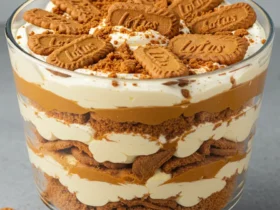

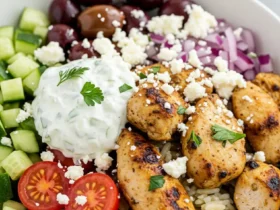
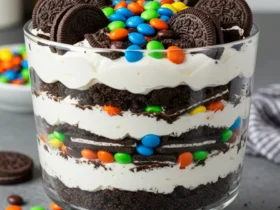
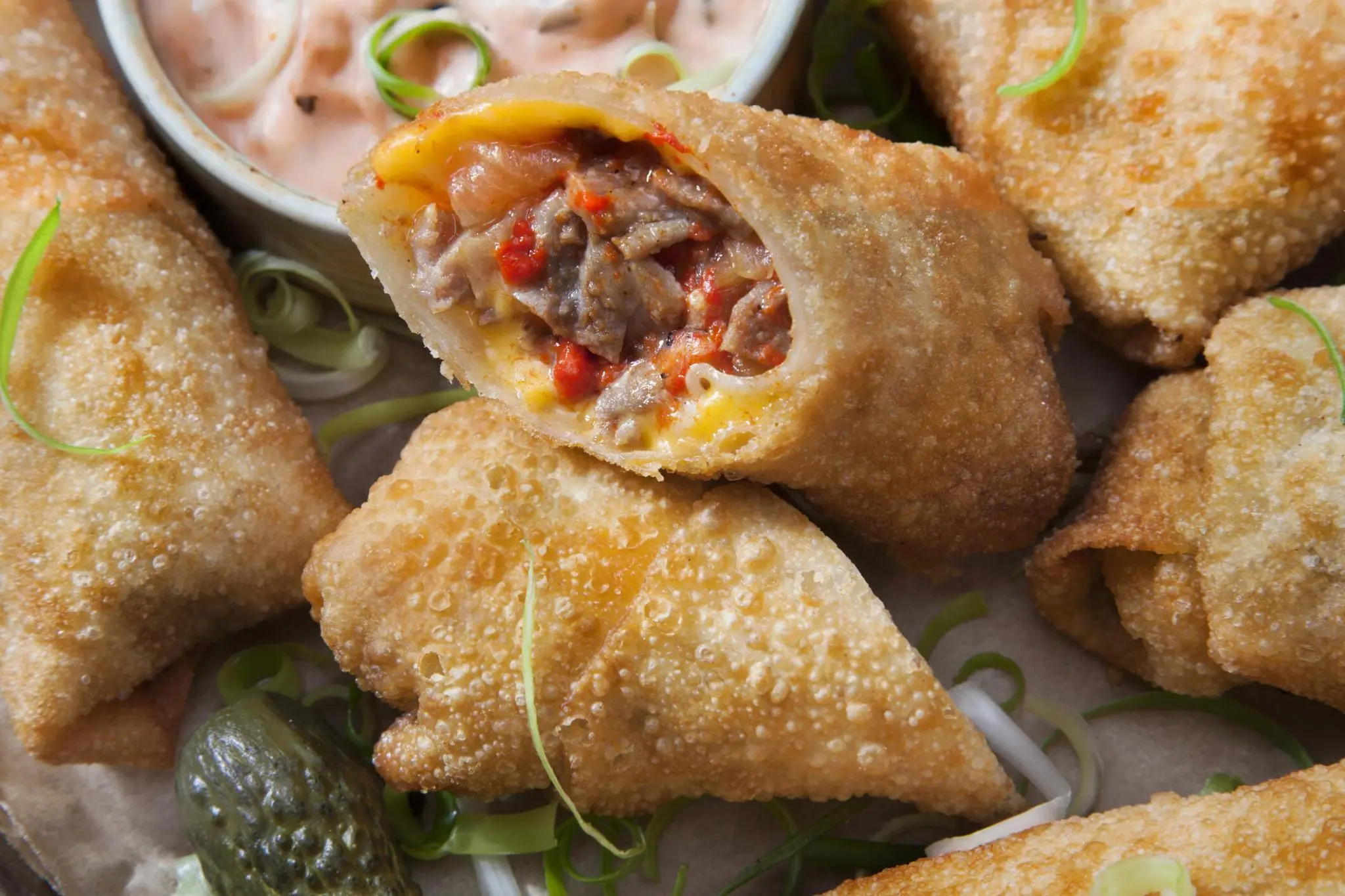
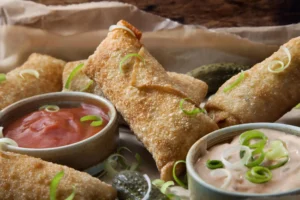

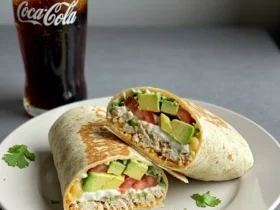
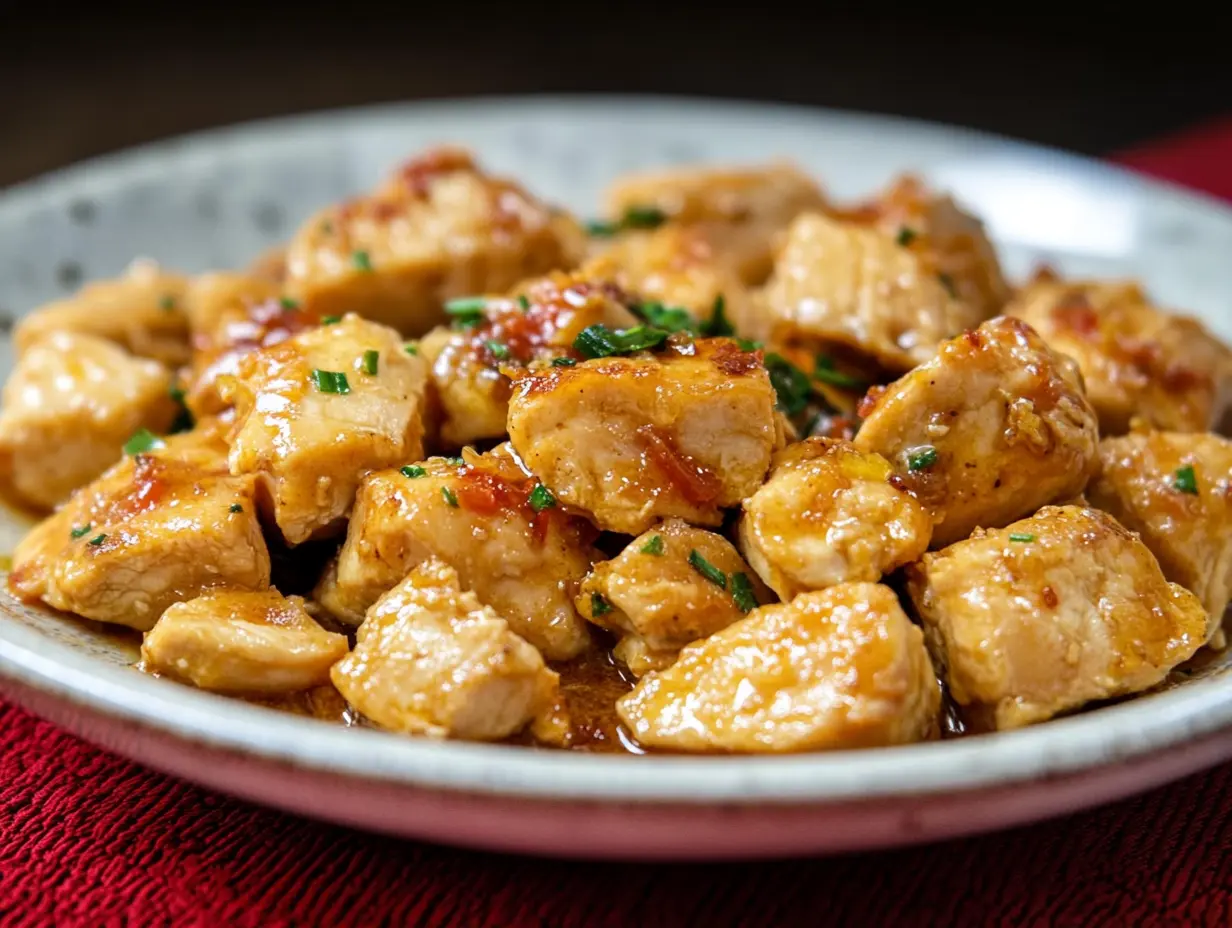
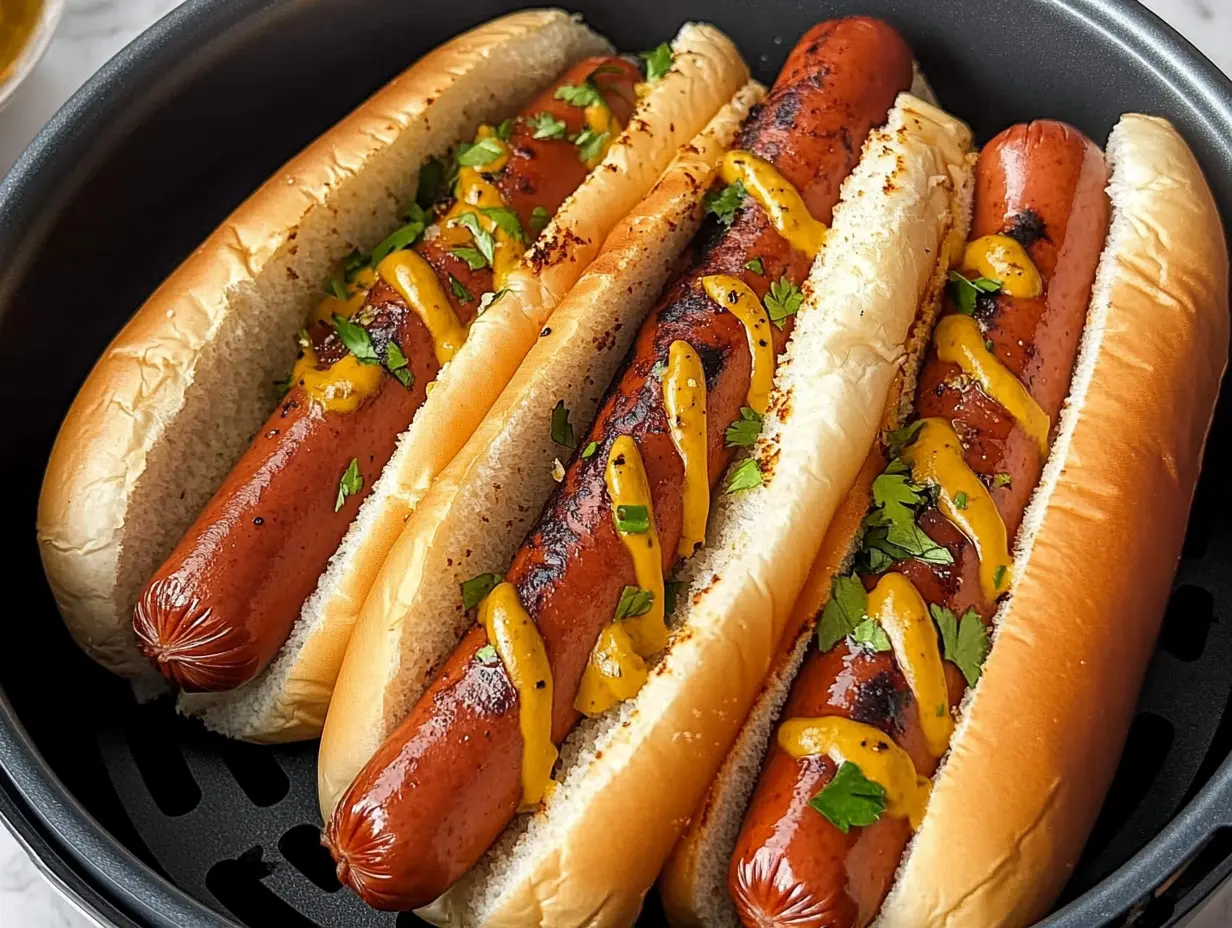
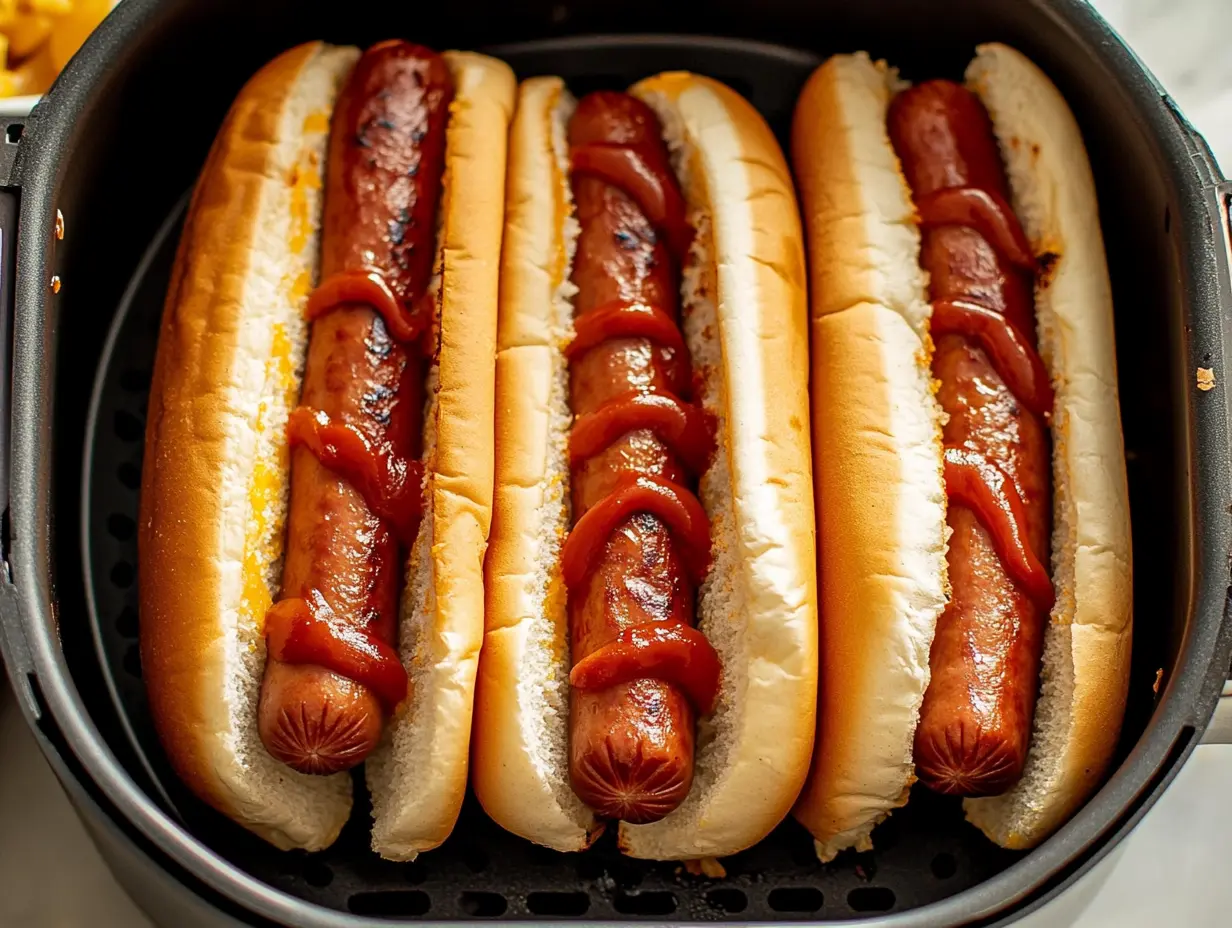
Leave a Reply